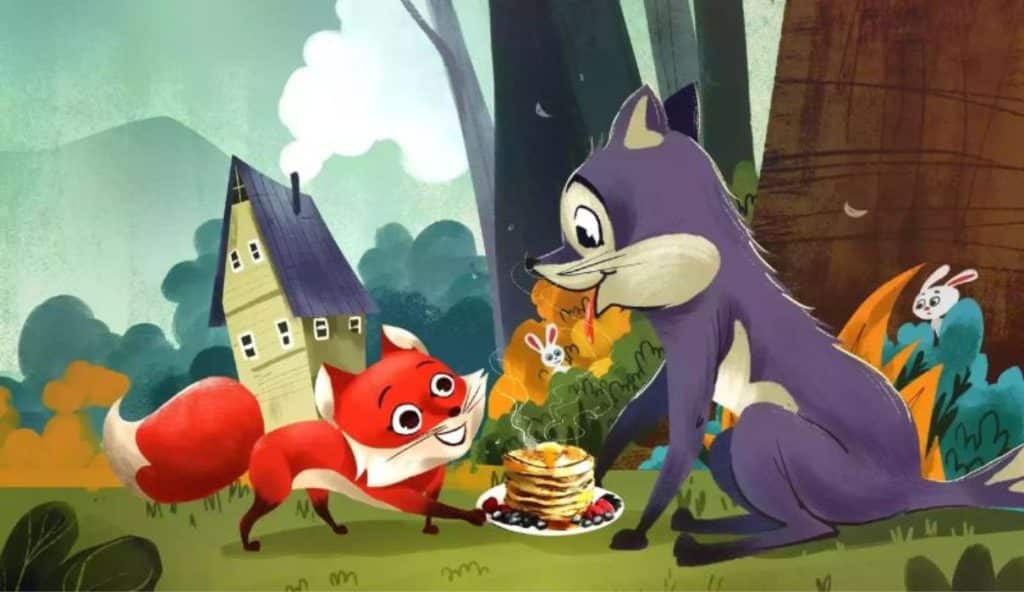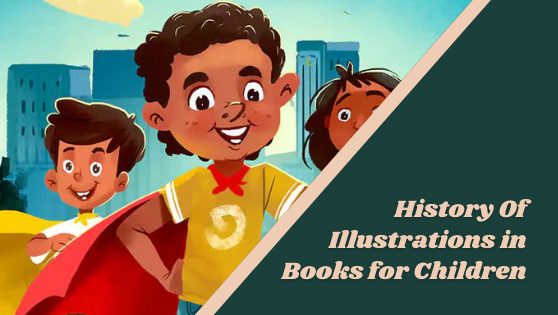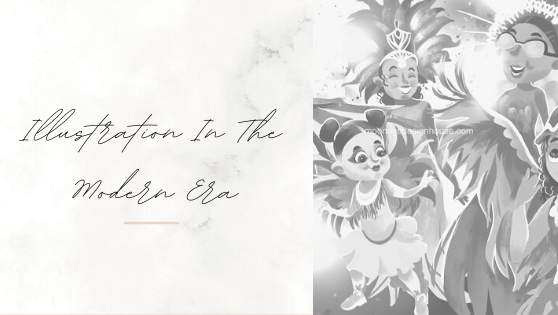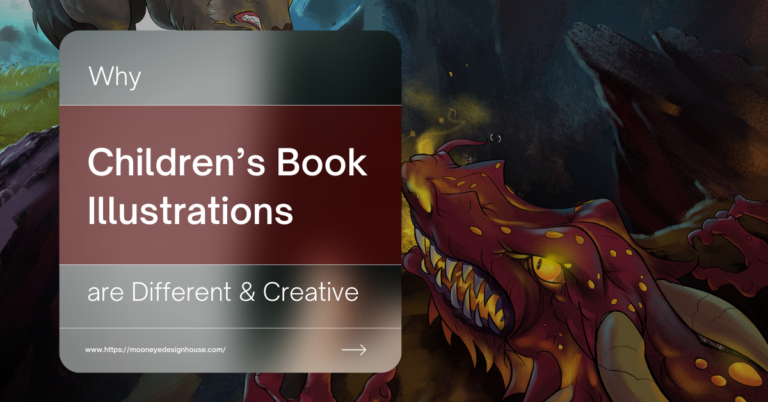Adding Colours to Children’s Psychology: An Illustrator Influences Young Minds in the Most Subtle of Ways
Their food for thought isn’t the same as ours
Once upon a time exactly 67 years back, in January 1958, a great mind spoke its heart out. Thanks to Elizabeth H. Margulis [Professor/Director of Graduate Studies; Musicology], whose affiliations in Psychology and Neuroscience made her write this article Fairy Tales and More Fairy Tales. It’s documented in the New Mexico Library Bulletin [p. 3],for those who are interested to give it a read.
“- In Denver I heard a story about a woman who was friendly with the late Dr. Einstein, surely acknowledged as an outstanding ‘pure’ scientist. She wanted her child to become a scientist, too, and asked Dr. Einstein for his suggestions for the kind of reading the child might do in his school years to prepare him for this career. To her surprise Dr. Einstein recommended ‘fairy tales and more fairy tales.’ The mother protested this frivolity and asked for a serious answer, but Dr. Einstein persisted, adding that creative imagination is the essential element in the intellectual equipment of the true scientist, and that fairy tales are the childhood stimulus of this quality!”
Her statement makes it evident that children’s books are much more than just bedtime stories. You can use them as powerful tools to shape young minds, if you know what stories you should let them read, that is.
There’s one glitch but. Unlike us grownups, young minds detest bland, black and white texts; no matter what amount of nutrition they bring to the mind. This same behaviour, too, is detected with the choice of food they have. Take a look around; you won’t find a child relishing dark chocolate as much as his/her parents would. Well, most of the time. Their preferences invariably will go towards colourful, sugar coated, cute animal or human figurines. It’s the same with reading, the food for thought.
Appropriate Colours Make Sense of the World where They just Entered
Colours carry meaning, which evokes varied emotional responses. They convey messages. Take a look around. The Tricolor (National Flag – India ), the red table covers in a restaurant, the white-clad politicians; black, dark blue and grey business suits – the use of colours always play in our psyche to depict something or the other. Children being more sensitive, feel that even more.
Ever noticed how colourful the illustrations are in children’s books? There are reasons behind this, which we discussed briefly above. It’s one of the criteria that differentiate a good children’s book from a not-so-good-one. Give a child Aesop’s Fables in black and white and inevitably it will turn him or her averse to reading. Paint them in catchy colours and oh! Capturing the attention of children literally becomes a child’s play.
This is because colours in certain combinations create a lasting impact. This impact is necessary for the development of a tender mind. There’s an entire different stream of studies, Colour Psychology, that’s based upon this principle. It’s the study of the many ways colours affect human emotions and therefore, their behaviour. The relevance is best understood in the context of children’s books.
Good illustrators can create stunning and spectacular colour combinations to influence a child’s subconscious. This makes books for children not just mere modes of entertainment but also the much needed support a child needs for positive emotional and cognitive development, eventually leading to a positive social growth. The importance of choosing colours carefully is also one of the primary duties of an efficient illustrator.
Impact of Colours on Children’s Psychology
This apparently simple subject is, in reality, a more complex field than you might think. While red associates itself with excitement and energy in children, blue creates calmness, stability and trust. Yellow stimulates mental activity; promotes happiness while green brings in balance, harmony and growth. And these are just basic colours we’re talking about; the various combinations of RGB create far more effective and meaningful impacts when used in children’s books.
In the learning environments, too; colours stimulate learning, boost information retention and prevent attention deficiency and anxiety. These, in turn, improve communication and productivity (exam results) but what’s more important, they help them develop high emotional quotient.
E.Q. or emotional quotient – also known as – emotional intelligence, is an ability to perceive, manage and control emotions effectively and appropriately under different situations and circumstances.
Colours: The Final Thought
In a world where insensitivity, deceit and violence are on a rise, plant the seeds for a better future by introducing your children to moral education, using stories depicted through colourful illustrations. But also keep in mind that colour perceptions vary across cultures and children, too, differ from one another. Thus, you need to choose those books from authors and illustrators who understand the colour concepts well.







